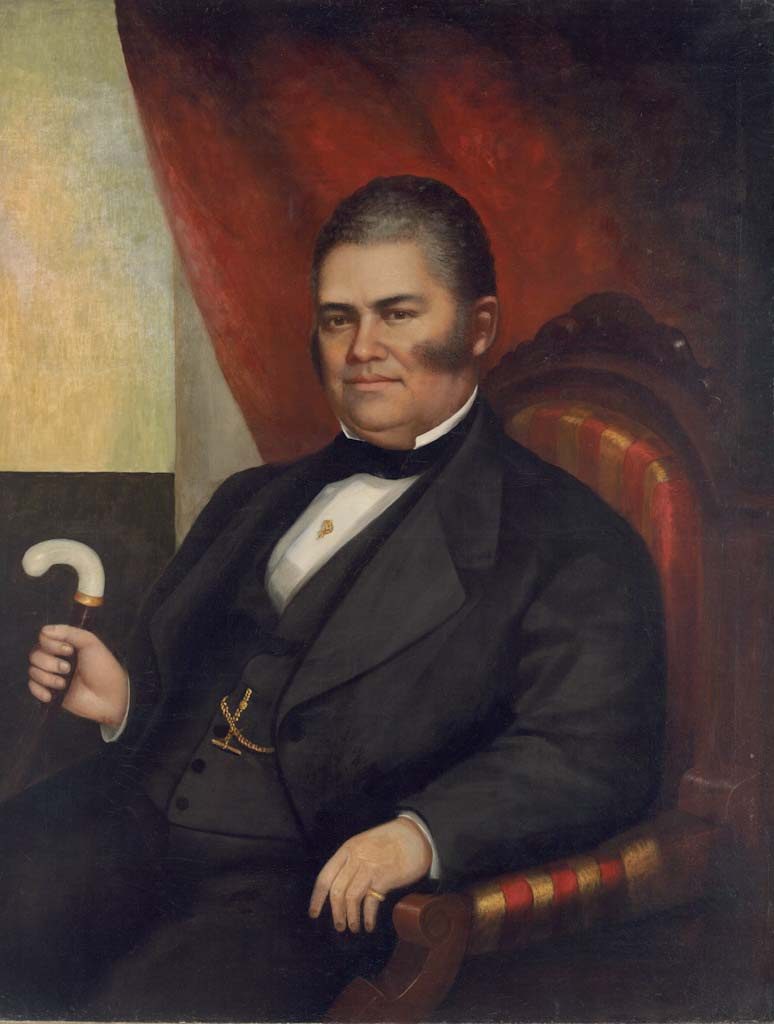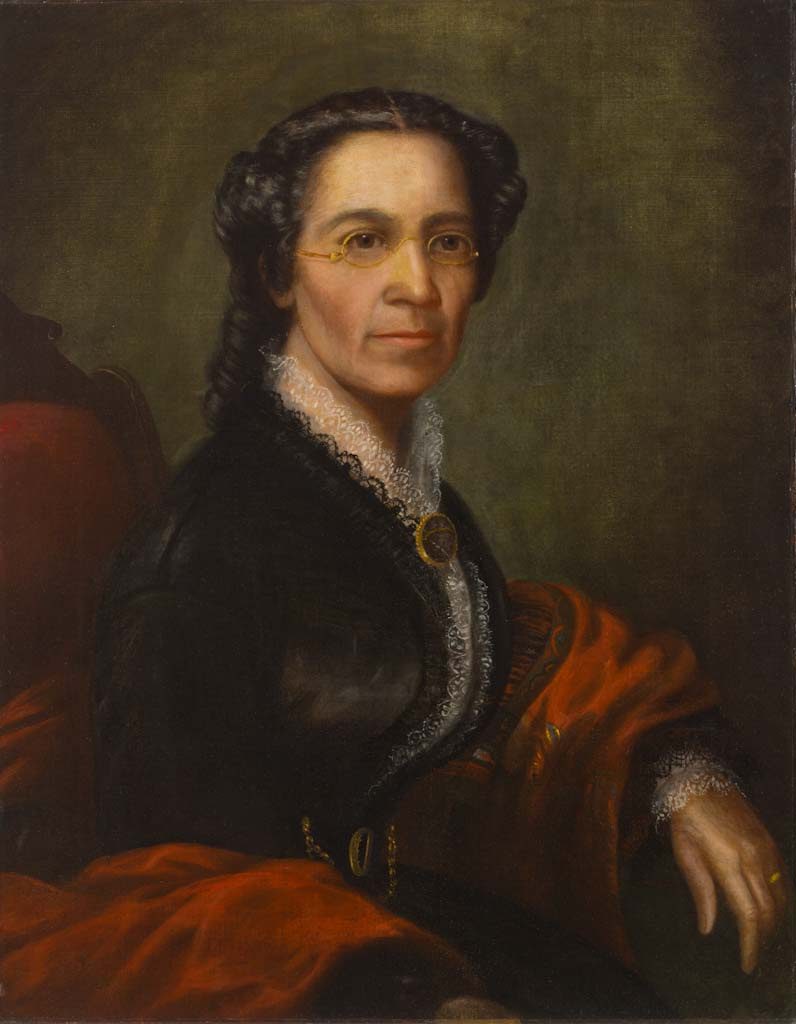PRIMARY SOURCE TYPE: 2D OBJECTS, DOCUMENTS, ORAL HISTORIES
John and Mary Jones were two of Chicago’s most influential and prominent black citizens in the late nineteenth century. By examining primary documents and artifacts related to the couple, students will learn about African American life in Illinois from 1818 to 1867.
 The lessons in this unit investigate the lives of John and Mary Jones and the historical interpretation of artifacts; the Black Laws of Illinois and their repercussions on blacks living in Illinois at that time; the fight for the repeal of the Black Laws of Illinois; and the importance of oral history in gathering historical data.
The lessons in this unit investigate the lives of John and Mary Jones and the historical interpretation of artifacts; the Black Laws of Illinois and their repercussions on blacks living in Illinois at that time; the fight for the repeal of the Black Laws of Illinois; and the importance of oral history in gathering historical data.
Lesson 1: Meet John and Mary Jones
John and Mary Jones were affluent African American abolitionists who lived in Chicago in the mid-1800s. In this lesson, students will learn the importance of artifacts as they examine the Joneses’ lives. Students will answer the following questions: What can individuals and historians learn from artifacts? Why do museums use artifacts as a source of history? What can artifacts tell us about history that history books or other written sources cannot? Download Meet John and Mary Jones.
 Lesson 2: Living Under the Illinois Black Codes
Lesson 2: Living Under the Illinois Black Codes
Although Illinois was admitted to the union as a “free state” in 1818, it still placed severe restrictions on the civil liberties of African Americans. These restrictions were called the Black Laws of Illinois and existed from 1818 until 1865. During this lesson, students will critically examine the Black Laws of Illinois and draw conclusions about why these laws were passed in a “free state” and how they affected the lives of African Americans. Download Living Under the Illinois Black Codes.
Lesson 3: John Jones and the Fight to Repeal the Black Laws
John Jones dedicated himself to the fight for the repeal of the Black Laws of Illinois. (He even wrote a book expressing his arguments!) In this lesson, students will study excerpts from the Black Laws of Illinois and John Jones’s the Black Laws of Illinois and a Few Reasons They Should be Repealed to determine how well Jones structured his arguments. Afterward students will write a persuasive letter Jones asking for his support on a contemporary issue. Download John Jones and the Fight to Repeal the Black Laws.
Lesson 4: John and Mary Jones and the Importance of Oral History
The Chicago History Museum owns a letter written by John and Mary Joneses’ granddaughter in 1955. The letter includes information about the Joneses (and their pivotal role in the abolitionist movement) and is an example of the importance of oral history in the gathering of historical data. After analyzing a copy of this letter, students will conduct their own oral history interviews and write a letter to a make-believe descendent based on the information they obtained in their interview. Download John and Mary Jones and the Importance of Oral History.